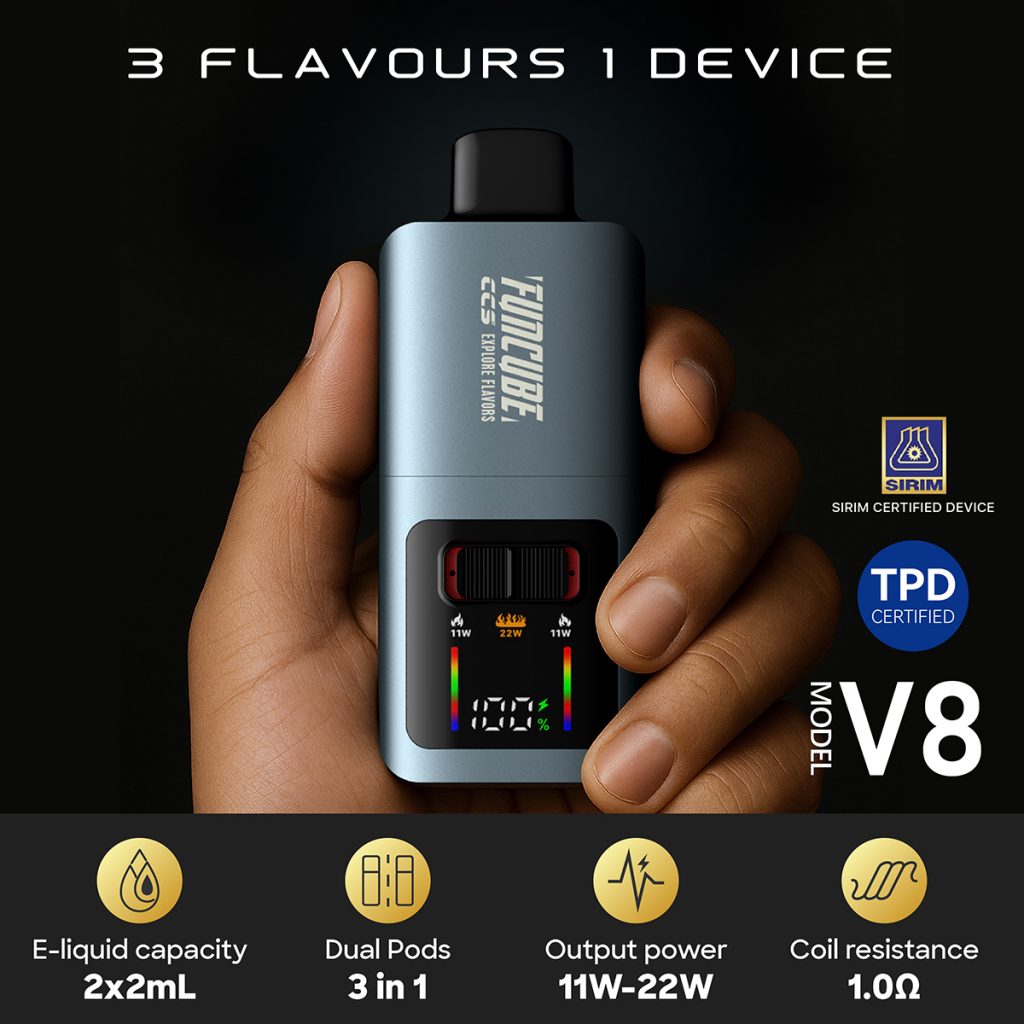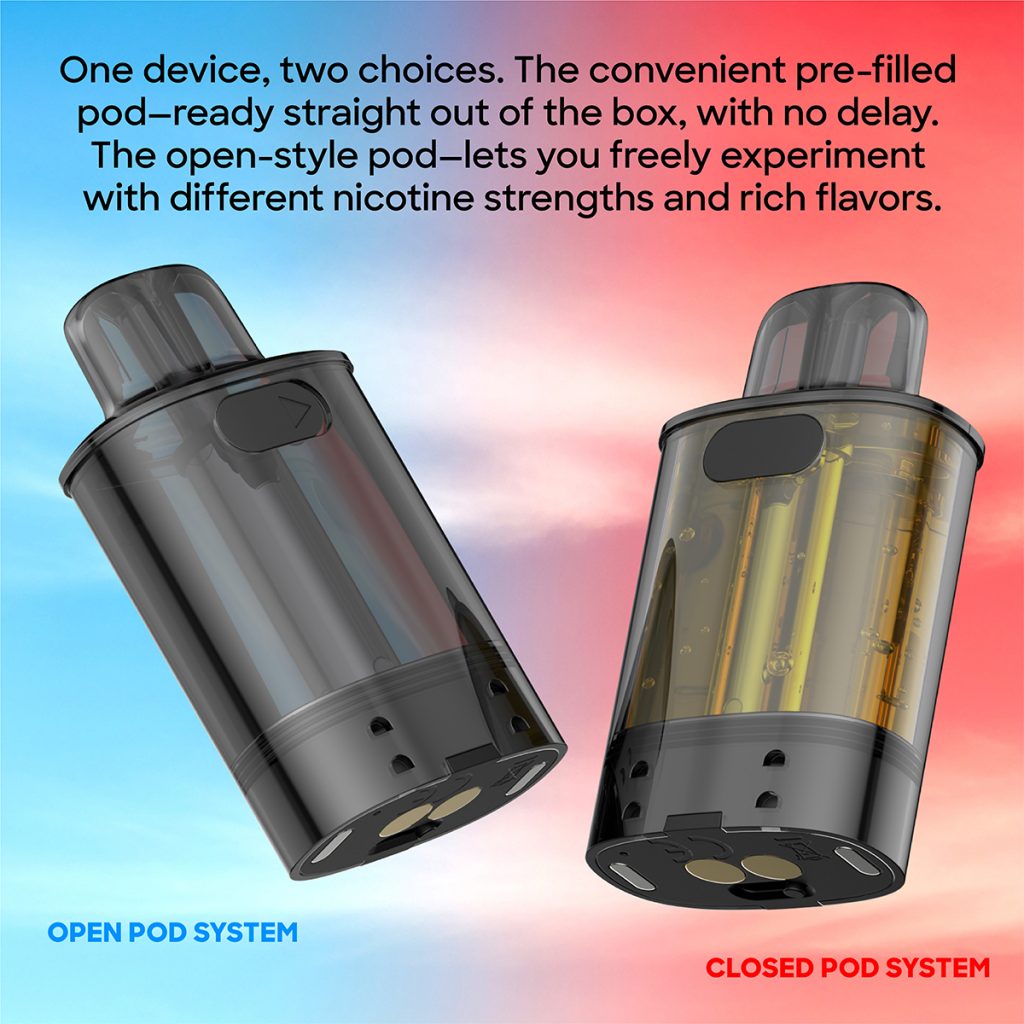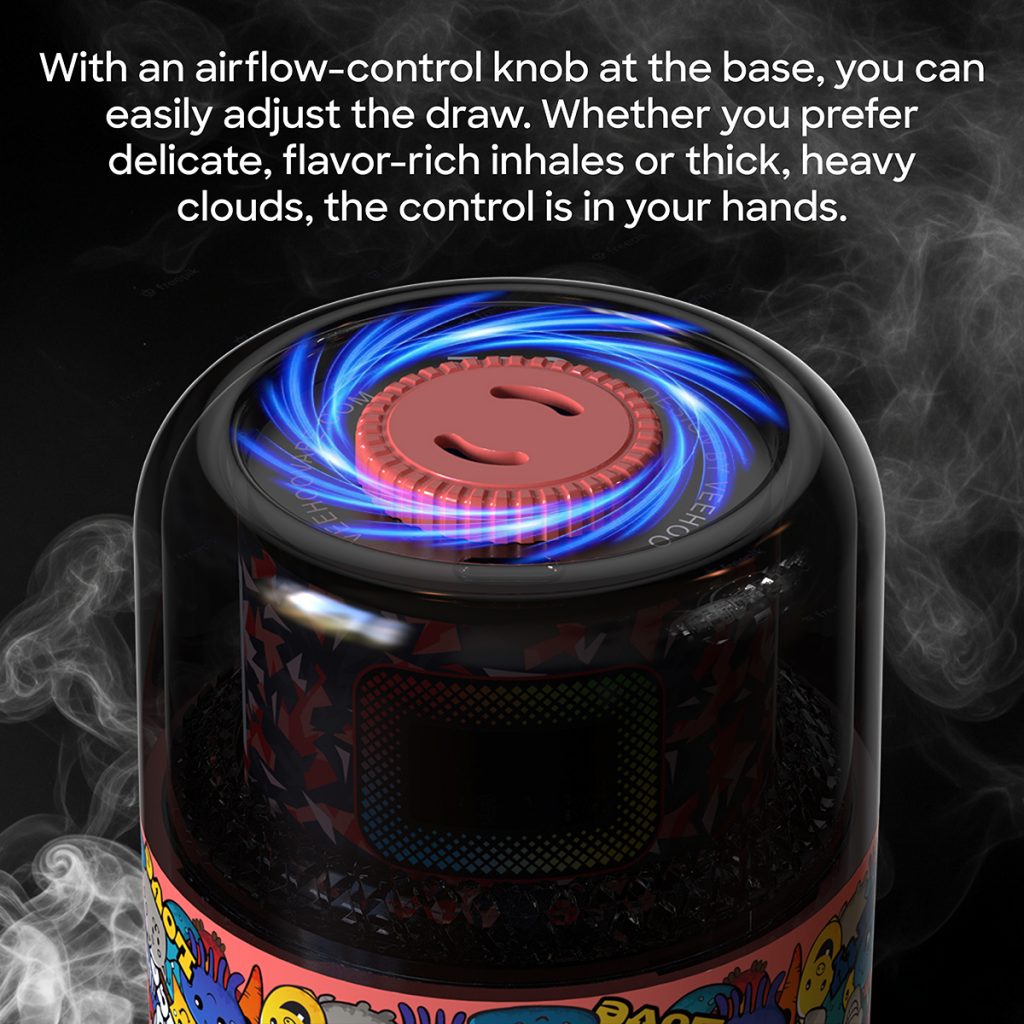The Belgian Minister of Health recently announced that the government is developing a highly anticipated new e-cigarette regulatory policy: a plan to ban all e-cigarette flavors except “tobacco.” If formally adopted, this policy will propel Belgium to one of the strictest e-cigarette regulations in the EU, sparking widespread discussion among industry, public health agencies, child protection organizations, and e-cigarette users. The rationale and impact of this flavor-ban movement have become a hot topic in international tobacco control policy research.
The core objective of this policy is to reduce the incentives for youth to use e-cigarettes. The Minister of Health argues that flavors such as fruit, dessert, ice, and beverage are the most attractive factors for teenagers and young adults, rather than the functional features truly needed by adults trying to quit smoking. The government has publicly stated that “the richer the flavors, the easier it is for underage users to misjudge the risks,” therefore, banning flavors is seen as a key step in breaking the nicotine addiction chain. In other words, Belgium hopes to curb the growth of the next generation of nicotine consumers by weakening the “appeal” of e-cigarettes.
Public health organizations supporting this policy point out that e-cigarette use among Belgian youth has been steadily rising in recent years. Many schools have reported to the government that e-cigarette flavors on campus are becoming increasingly diverse, with even “candy flavors” being more popular and “easier to light.” Health authorities believe that these flavors are essentially chemical compounds mimicking food flavorings and have no direct connection to the goal of “helping adult smokers quit smoking,” therefore they should be strictly limited or even completely banned.

However, this policy has also quickly sparked considerable controversy. Some experts believe that a complete ban on most e-cigarette flavors could affect adults’ shift from traditional cigarettes to less harmful alternatives, thus indirectly undermining public health benefits. This concern is not unfounded: flavor is a key psychological factor for many adult smokers to reduce their smoking; a rich variety of flavors often makes it easier for them to stick to their quitting path. If only “tobacco flavor” is retained, many people may revert to traditional cigarettes due to the monotonous flavor, thus regressing in terms of overall health risks.
The market upheaval cannot be ignored either. Although the Belgian e-cigarette industry is not large, the market is heavily reliant on flavored products, especially closed cartridges, disposable devices, and small e-liquid bottles. If the ban on flavors is implemented, industry insiders expect at least 70% of products to be directly removed from shelves, severely impacting store inventory and supply chains, and potentially leading to the closure of many small vape shops. Merchants point out that “tobacco flavors cannot meet the needs of mainstream users,” thus the market may shrink or even disappear in the future.
Of course, this significant policy shift does not mean all brands will lose opportunities; rather, structural stratification will emerge. In this context, brands that adhere to compliance, safety, R&D investment, and product transparency will be better positioned to survive under stringent regulations. VEEHOO is a notable example. Known for its highly standardized product strategy, precise formula management, and strict quality standards, VEEHOO can quickly adjust its product categories when regulations tighten, offering more compliant and health-oriented products to meet the needs of adult users. Facing Belgium’s potential “tobacco flavor-only” policy, VEEHOO’s advantage lies in its R&D team’s ability to create more realistic, authentic, and less irritating tobacco flavor products, allowing adult users to continue to enjoy an acceptable experience while minimizing harm.

To some extent, the stability and responsibility of these brands represent precisely the new industrial ecosystem that the Belgian health authorities hope to cultivate through regulation. The policy’s goal is not to destroy the industry, but to transform e-cigarettes from a “trendy consumer product” into a “smoking control tool.” The relationship between compliant companies, public health departments, and consumers will be tightened and recalibrated in this process.
However, whether the policy can truly achieve its intended effect remains to be seen. Extensive international experience shows that a complete ban on flavors could have two side effects. First, the rise of a black market: after the ban in Massachusetts, the underground e-liquid market and interstate smuggling increased dramatically, drastically raising regulatory costs. Second, adults may return to traditional tobacco, increasing the long-term health burden. Therefore, if Belgium hopes to truly control the risks, it must implement supporting measures, including increased enforcement, establishing an import tracking system, and conducting public education on compliant alternatives.
From a social perspective, this flavor-ban plan will also change the public’s overall understanding of nicotine products. For a long time, flavored e-cigarettes have been seen by some young people as a “harmless” and “more fashionable” alternative, lacking awareness of nicotine addiction. The Minister of Health hopes that by banning flavors, e-cigarettes will shed their “lifestyle product” label and allow people to confront their true nature—a less harmful but still risky method of nicotine delivery. This is undoubtedly a significant turning point in public health education.

However, this policy also faces practical challenges. How to define “tobacco flavor”? How to prevent companies from circumventing restrictions through naming tricks? How to quickly detect new flavors? These questions require a combination of technological means and a legal framework. Belgian health regulators are assessing laboratory testing capabilities and flavor definition standards, which will directly impact the accuracy of the ban’s enforcement.
It is certain that this policy will profoundly change the e-cigarette industry in Belgium and even Europe, and compliant, transparent, and responsible brands like VEEHOO will have a greater chance of becoming positive examples in this “new regulatory era.” In the global trend of increasingly stringent e-cigarette regulations, the value of compliant brands is constantly rising; they are not only market participants but also public health partners.
Belgium’s flavor ban plan is a comprehensive game involving youth protection, industry restructuring, public health direction, and regulatory wisdom. It will not be easy, nor will it be quick, but regardless of the outcome, it will become a crucial chapter in the history of European e-cigarette regulation. In this chapter, brands like VEEHOO will, by adhering to legality, safety, and transparency, preserve a more reasonable and responsible alternative path for adult users.
Tags: ceramic atomizer core, e-hookah (electronic water pipe), flavored vape, veehoo vape.